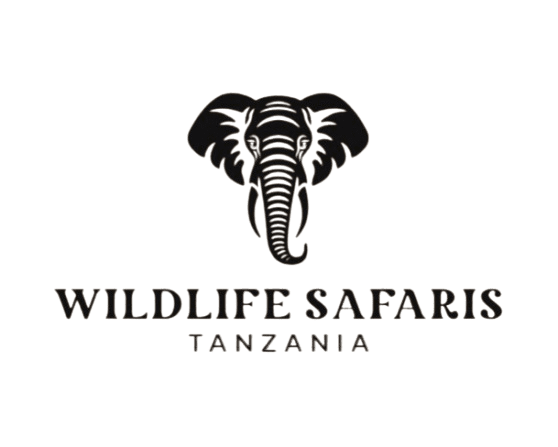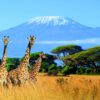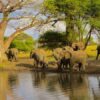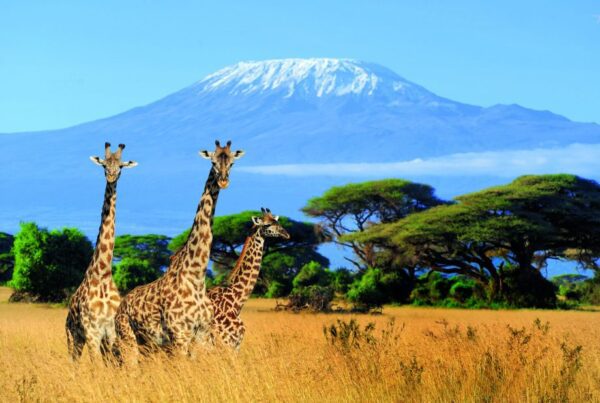The Great Migration’s underappreciated events.
One of the world’s greatest wonders is the Great Migration. In the Serengeti-Mara environment, where more than 2 million ungulates (wildebeest, zebra, and gazelle) migrate from the south to the north in search of better grazing, nature puts on its greatest display.
When the animals cross the magnificent Mara River in July and August, the spectacle reaches its climax. These stunning bridges are a dream come true for any nature lover. Since everyone wants to see a river crossing from the front row, cars occasionally gather close to crossing locations, which might detract from the experience.
We are experienced guides who have walked the Great Migration more than 15 times and have a wealth of knowledge about this amazing natural phenomenon. There are some occurrences that never change, even if they vary from season to season and year to year. Despite their magnificent nature, many travelers choose to ignore them. The three most underappreciated wildebeest occurrences are covered in this article. Let’s get started.
The season of calving.
The animals have a very particular purpose to complete before the wildebeest migration begins: calving. The beginning of brief rains in November transforms the vast, spread plains of the Ndutu and Serengeti into verdant grazing areas.
When the wildebeest, who are rain sniffers, hear thunder kilometers away, they go south. This time, in order to go to the grassy plains in the south, they travel via Namiri Plains and the Loliondo Game Controlled Area in small herds. Asilia’s Namiri Plains Camp offers a view of the migratory herd.
They dispersed over the Kusini and Ndutu plains after arriving in the south in December to graze on the nutrient-rich grass in anticipation of calving. The volcanic activity on the Ngorongoro Mountains more than two million years ago is connected to the nutrient-rich grass of the Ndutu and Kusini plains. These plains are said to be productive since the wind brought the volcanic ashes there.
What makes the calving season unique?
Well, this enormous, amazing event has a lot of unique features. A few highlights are as follows:
● Up to 8,000 calves may be born on an average day. Watching gorgeous infants walk only minutes after birth is an amazing experience. ● Predators move south. Predators such as lions, leopards, cheetahs, hyenas, and others cannot pass up the chance to feed on infants or frail adults. ● The calving season is unclear. Seeing the young calves in the south draws some tourists to the Serengeti. As a result, you get the opportunity to see the magic for yourself.
During the calving season, where should I stay?
What you choose to experience will determine this. There are often a few permanent camps and lodges in the isolated southern Serengeti. To provide their visitors a front-row seat, however, several mobile camps move their tents south during this event. These are the top camps.
● Nomad Serengeti Safari Camp ● Ubuntu Migration Camp ● Olakira Migration Camp ● &Beyond Serengeti Under Canvas
The season of rubbing.
The wildebeest had begun to migrate north when May arrived. Females attract men during this time as they reach their reproductive phase. Among the Great Migration’s most underappreciated occurrences is this one. There is a lot to witness, though, including intense conflicts between males as they vie for females. Rutting lasts until June.
In addition to the rutting, you may see the animals’ enormous journey northwest. They eventually enter the Seronera Valley after traversing the plains of Simba Kopjes and Moru Kopjes. After that, they head toward Lake Victoria via the Western Corridor.
What makes the rutting season unique?
Bulls engage in many conflicts as they vie for female mates. The huge, open plains of the Serengeti are swept by herds of wildebeest, and no bull wants to lose a fight in front of a female. Tiny bodies are moving from a balloon. ● The number of visitors has not yet surpassed that of May and June. All of these delights are yours to appreciate on your own.
During the rutting season, where should I stay?
There are many places to stay because the center Serengeti is where the rutting season occurs. There are many of year-round resorts and campgrounds in this area, both affordable and upscale. The top lodges and camps to see the rutting season are as follows:
Sanctuary Kichakani Serengeti Camp, Dunia Camp, One Nature Nyaruswiga, and The Four Seasons Serengeti Safari Lodge
The Crossings of the Grumeti River
The Grumeti River is in front of the wildebeest from May to June, and maybe into July. They come to the realization that crossing this magnificent river is their only option as they assemble along its banks. The ferocious, ravenous Nile crocodiles eat their part of the herd while they do this.
Land predators such as spotted hyenas and lions are never left behind. They look for easy pickings by spying on the periphery. They are close by, and they take advantage of each chance that presents themselves.
Some herds of wildebeest enter the Singita Grumeti Reserve as they bridge the Grumeti. Beyond day game drives, this private reserve provides a distinctive safari experience. You may enjoy walking safaris, night safaris, and off-road driving because not many people visit.
What makes the Grumeti River Crossings unique?
● The brutality of predatory behavior is comparable to that of crocs drowning their victims.
Some visitors are familiar with these crossings. These intense scenes are yours to appreciate alone.
When wildebeest attempt to cross the Grumeti, courageous lions steal their meal from the herd.
From where can one observe the crossings of the Grumeti River?
In order to see the river crossings, there are several lodging options in the Western Serengeti. The top locations are as follows:
Outside of the Grumeti River Lodge
The Sasakwa Lodge in Singita
● Singita Faru Faru Lodge ● Mbali Mbali Soroi Serengeti Lodge
The bottom line
We are aware of how monotonous it might be to be in a scenario with so many other cars. Nevertheless, we don’t want to remain in our comfort zones. Rather, we go above and above to show you the treasures that only a select few tourists are aware of. We are confident that you will love it whether you choose to view the well-known Mara River crossings.
Are you prepared to travel to the Serengeti to investigate lesser-known wildebeest migration events? Today, let’s begin organizing your next journey!







